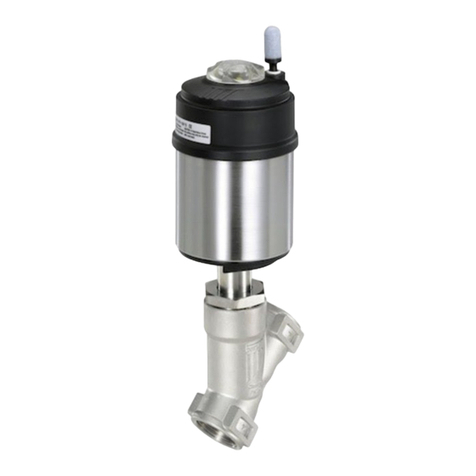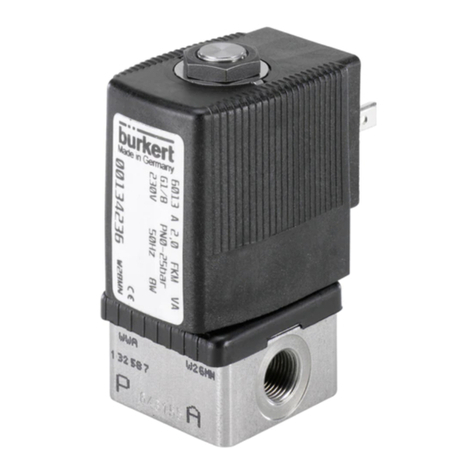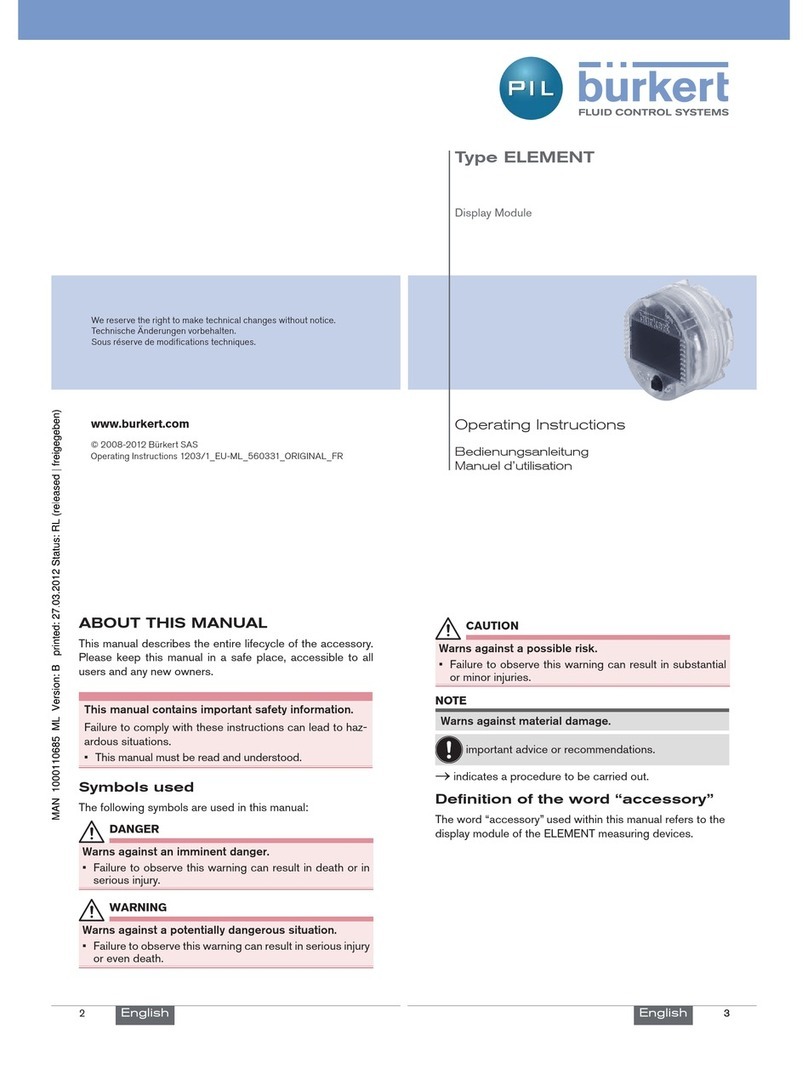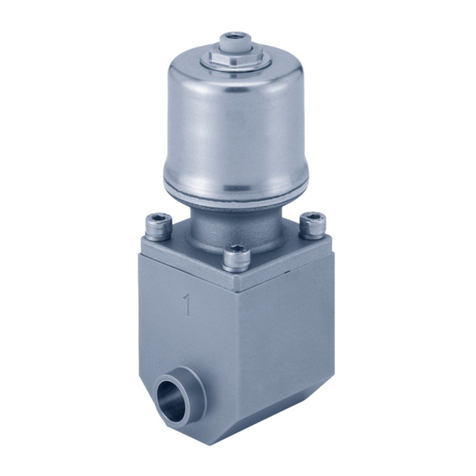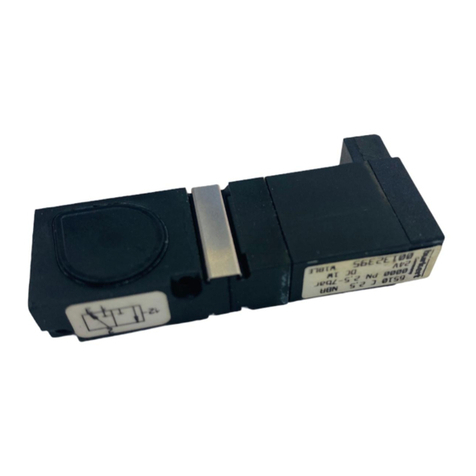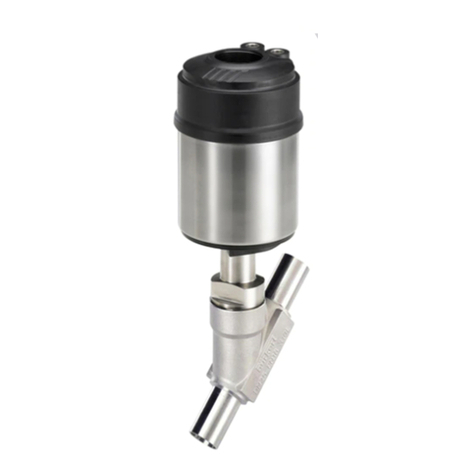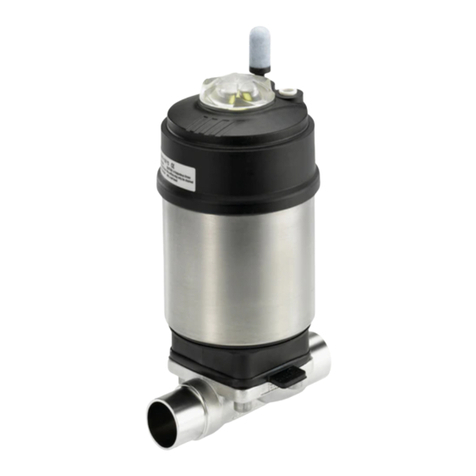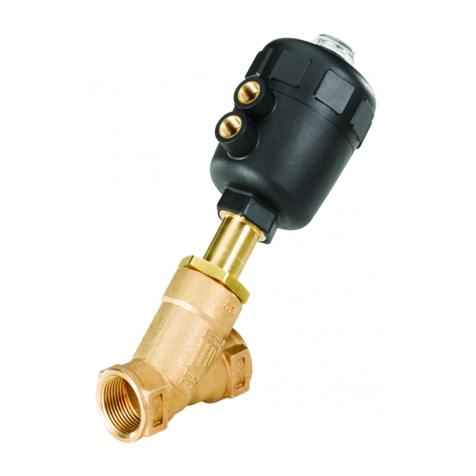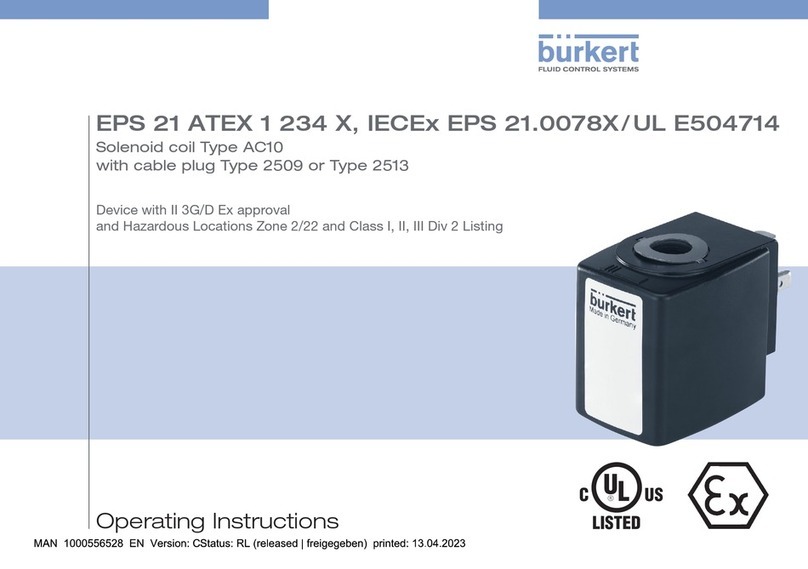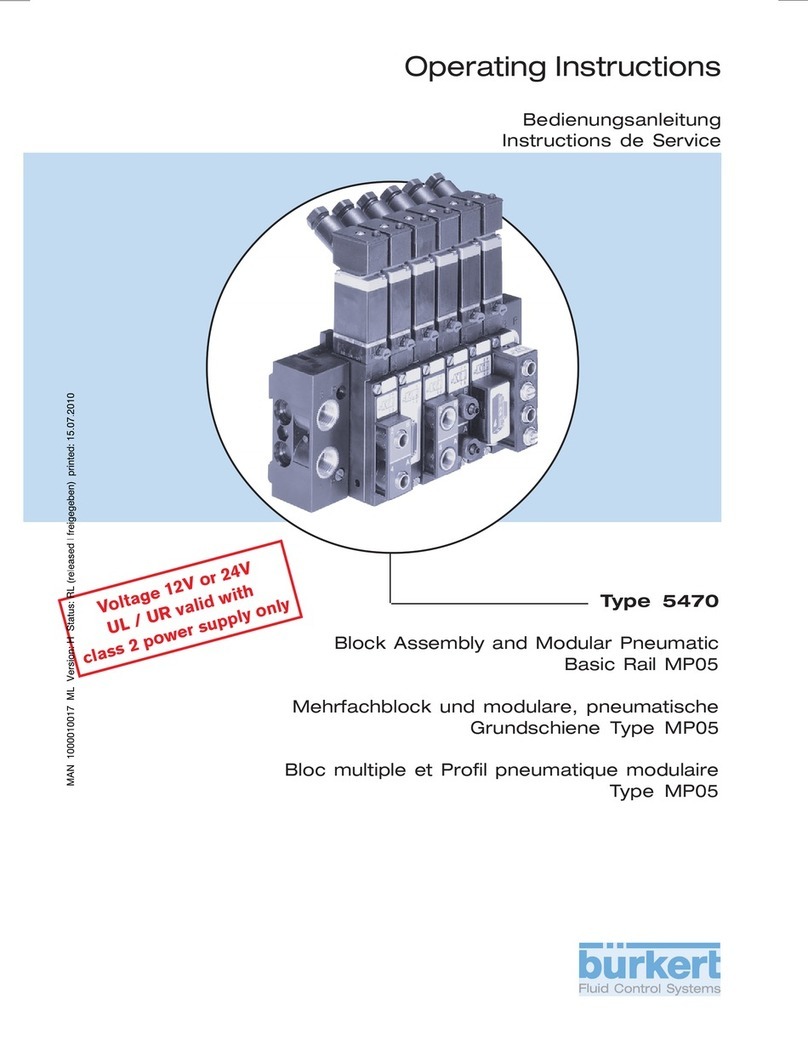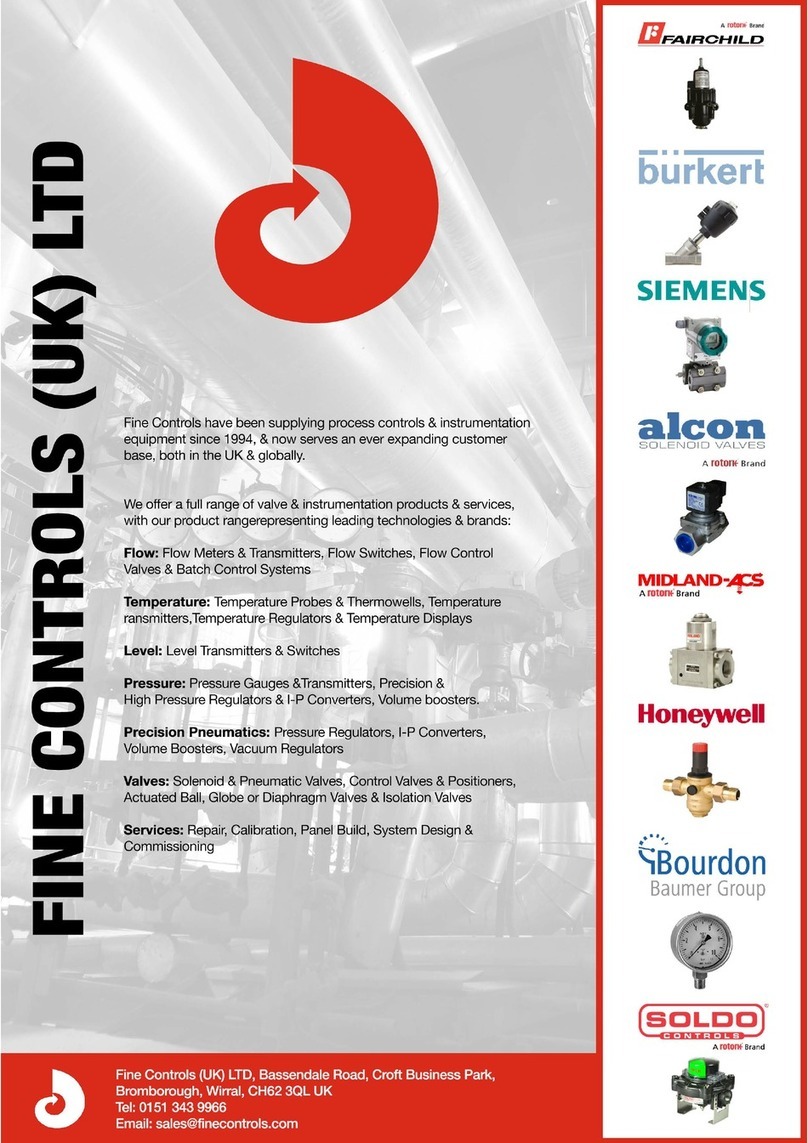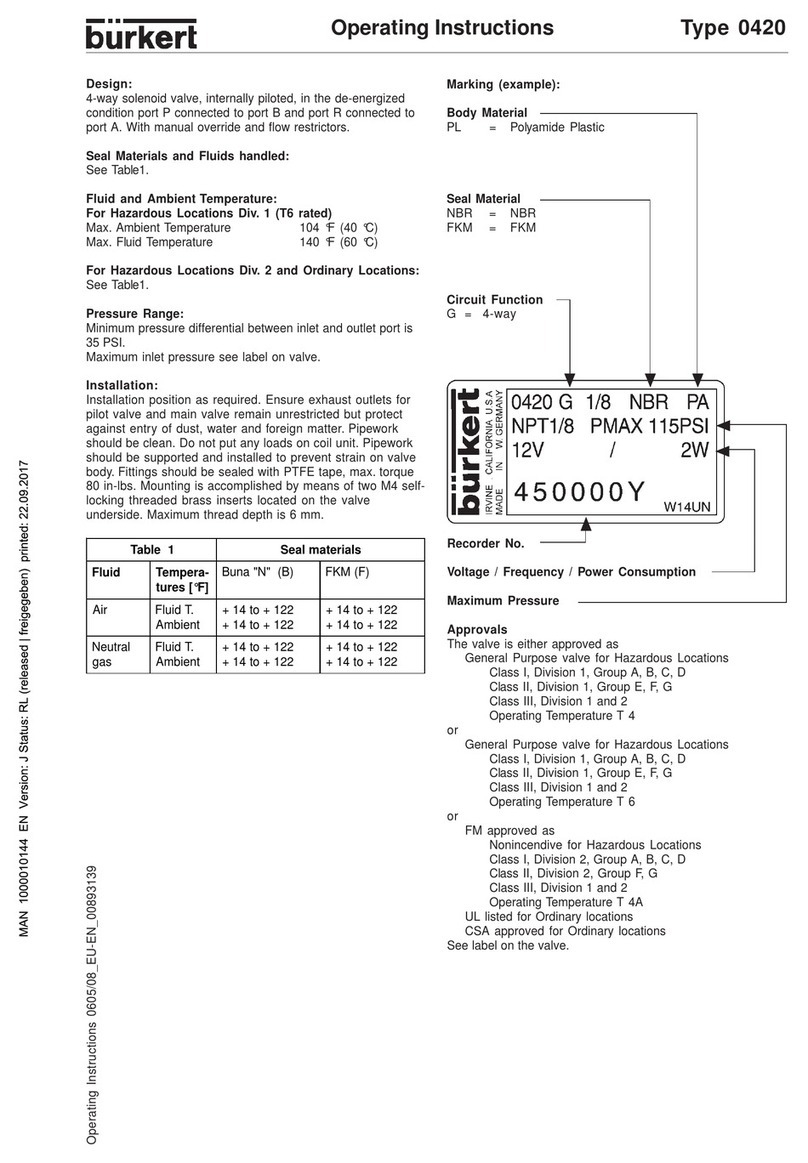
3
1 OPERATING INSTRUCTIONS ................................................................4
1.1 Definition of the term "device" ................................................ 4
1.2 Symbols ....................................................................................... 4
2 INTENDED USE .............................................................................................5
3 BASIC SAFETY INSTRUCTIONS ..........................................................5
4 GENERAL NOTES.........................................................................................6
4.1 Contact addresses ...................................................................6
4.2 Warranty ...................................................................................... 6
4.3 Information on the Internet ...................................................... 6
5 PRODUCT DESCRIPTION ........................................................................7
5.1 Design ..........................................................................................7
5.2 Application range ...................................................................... 7
5.3 Properties ....................................................................................7
5.4 Function ....................................................................................... 8
6 TECHNICAL DATA ........................................................................................9
6.1 Conformity ................................................................................... 9
6.2 Standards .................................................................................... 9
6.3 Type label ..................................................................................10
6.4 Conversion of actuator sizes ..........................................................10
6.5 Operating conditions ..............................................................11
6.6 General technical data ...........................................................15
7 INSTALLATION ............................................................................................16
7.1 Preparatory work .....................................................................16
7.2 Removing actuator from the valve body .............................16
7.3 Installing valve body ................................................................17
7.4 Install actuator (welded connection) ...................................17
7.5 Mount accessories ..................................................................18
7.6 Turning actuator .......................................................................18
7.7 Pneumatic connection ............................................................19
8 DISASSEMBLY ............................................................................................ 20
9 MAINTENANCE ........................................................................................... 20
9.1 Maintenance .............................................................................20
9.2 Replacing spare parts ............................................................21
10 FAULTS ...........................................................................................................26
11 SPARE PARTS.............................................................................................27
11.1 Replacement part sets ...........................................................27
11.2 Installation tools ............................................................................... 28
12 TRANSPORTATION, STORAGE, DISPOSAL ................................29
Table of contents
Type 2060
English


